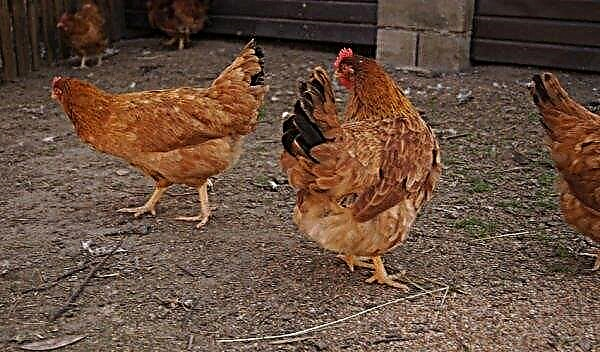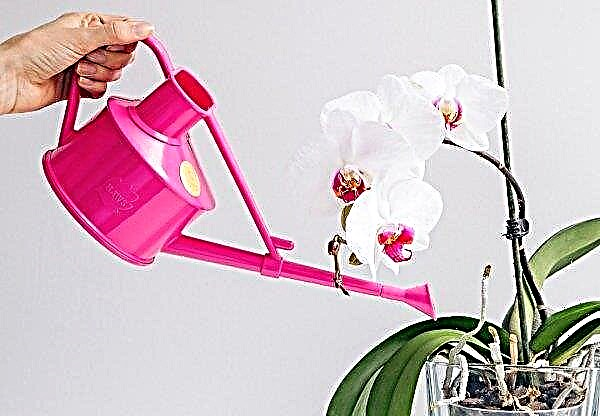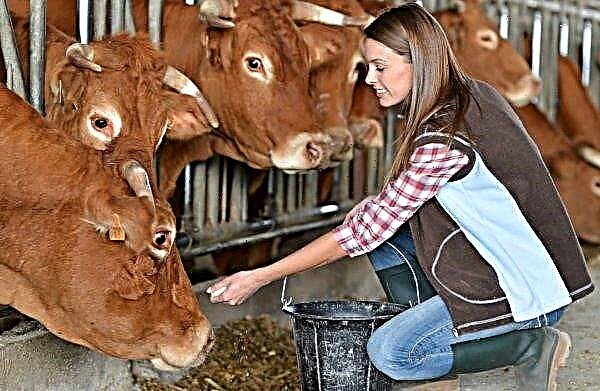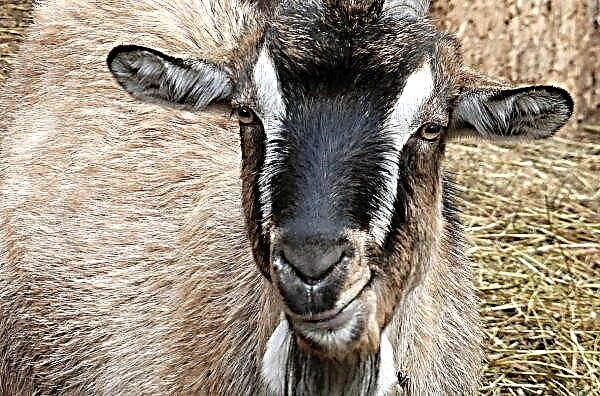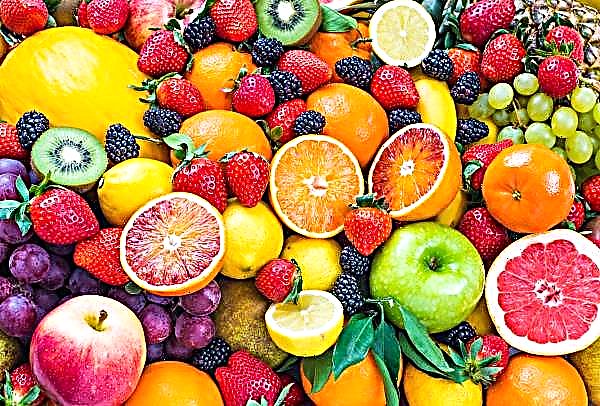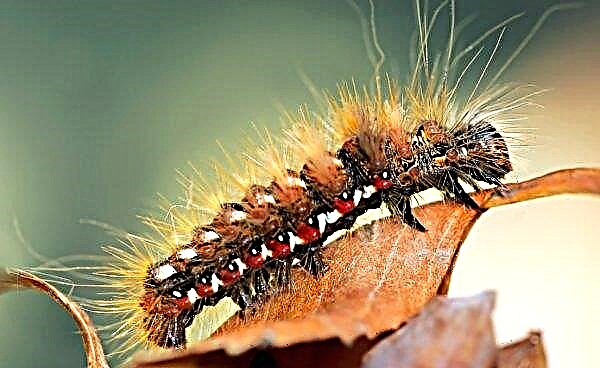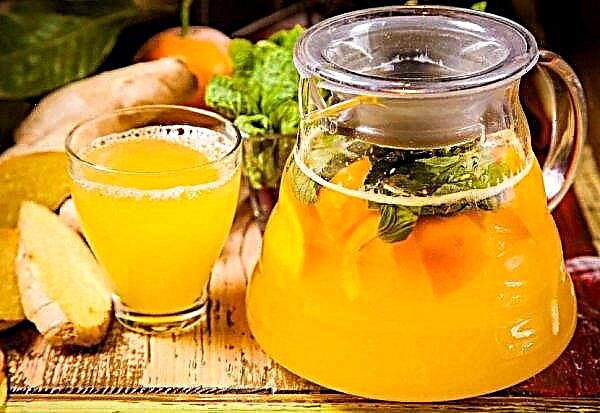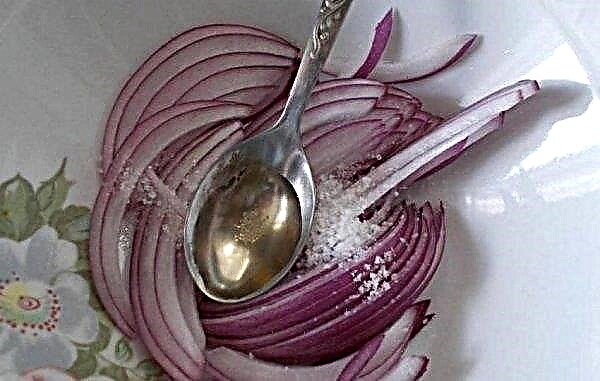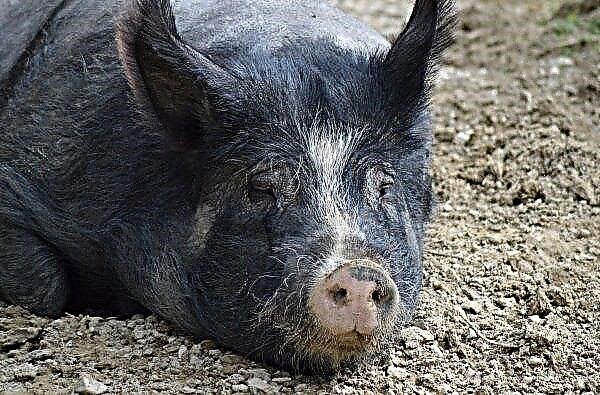Prickly spruce is also called silver or blue. In botany, Picea pungens is classified as a species of the genus Spruce of the Pine family. This conifer is considered quite unpretentious, and is used as an element of landscape design in summer cottages and in the urban environment. Distinctive features of blue spruce: less susceptibility to diseases and pests (compared with ordinary spruce) and excellent gas resistance of the crown. The article offers to get acquainted with the most popular varieties of this plant.
View description
This coniferous species comes from North America, where in the natural environment it grows in the valleys of rivers and lakes at an altitude of up to 3,000 m. It prefers silvery spruce to well-moistened soil - loamy or sandy. The height of the tree reaches 40 m, the width is 10 m, and the maximum age is a century. Blue or silver needles are characteristic of this species.. The shape of the crown can be any - and pyramidal, and spherical, and conical. The species in question is accepted in botany to be characterized by color as: glauca (bluish), coerulea (blue) and argentea (silver).

The tree grows slowly, but after ten years of age begins to stretch up faster. It can be trimmed, which contributes to the formation of the crown at the request of the gardener. The needles are tetrahedral, but can be flat. Cones of spruce ripening in the autumn, same-sex (male grow in groups). The colors can be different: with a touch of red, purple, in adulthood - light brown. Resin oozes along the brownish-gray bark along the trunk.
Did you know? Most blue spruce cones can remain on the tree until the fall of next year, and the needles live from 4 to 9 years.
Popular varieties of blue prickly spruce
The following varieties of blue spruce are proposed for consideration in the article:
- Glauca.
- Argentea.
- Royal Blue.
- Sonia.
- Filip's Blue Compact.
- Omega.
- Baby Blue Eyes.
The common features of these representatives of the species are as follows:
- resistance to dust and gas pollution;
- very decorative gray-silver shade of needles;
- the compliance of the crown to pruning;
- unpretentiousness;
- simplicity in leaving (planting and further actions in the first years of a tree's life require a special approach).

Varieties differ in stem height, shape and crown width. For example, Sonia is a rare Polish cultivar characterized by a dwarf shape, slow growth, spherical shape and becomes thicker when pruned. Other common varieties of selection of the described species are rather tall trees. The Dutch "Philips Blue Compact", which has a strictly pyramidal shape, also belongs to the undersized.
The height of non-dwarf varieties is in the range of 5–30 meters, but some prickly spruce trees grow to 40–45 m. Trees of medium size and height usually have a pyramidal shape, and small, stunted and slowly growing trees are spherical and are especially convenient in forming a crown.
Important! Spiky urban spruce need to be often and abundantly irrigated with water - this should help the tree cope with dust and harmful gases.
All varieties of silver spruce are united by unpretentiousness, photophilia and, of course, the color of coniferous needles: it can be gray, pale green, blue, silver. Traditionally, young trees have less wax coating of needles and therefore they are green, and only with age acquire a shade characteristic of the general botanical look. But some representatives have other properties, for example, “Sonya”: the needles of this variety were spruce prickly blue, and with age the crown of the tree turns green.
Glauca
The fast-growing grade "Glauka" (has many varieties) is characterized by such features:
- height: 15-30 m;
- crown: conical, dense, diameter - up to 8 m;
- bark: thick, taupe;
- male cones are brown, and female cones from red to brown (as they mature);
- cones shape: cylindrical, length - up to 10 cm;
- needles: blue or green, up to 3 cm in length;
- a distinctive feature of the needles: it is long, sharp, its color can change to almost white (in winter, the needles turn green);
- tree growth rate: 30 cm in height and 15 in width;
- long life cycle of the Glauca tree (up to 600 years).

Argentea
The name of the variety means "silver". "Argentea" - a tree is tall (up to 40 m), its shape is conical, branches are located horizontally.
Check out the Argentea description:
- the color of the needles is silver-white;
- tree height - average, 5–15 m, width –– 2–4 m;
- winter hardiness and drought tolerance;
- crown shape - cone;
- a tree of ten years old is not tall (2 m), with a diameter of up to 1 meter;
- prefers moderate watering and sunlight.

Royal blue
Royal Blue is distinguished by the fact that the color of the needles does not change during the winter season.
Main features:
- height - up to 5 m;
- diameter - up to 3 m;
- prefers Royal Blue to the sun, but also grows in partial shade;
- high frost resistance;
- crown shape - cone;
- crown density - plentiful;
- needles are silver-blue.
Did you know? The Christmas tree also renews its crown: every autumn a tree drops a sixth of the needles, but in the spring a new one grows in place of the fallen needles.
"Royal Blue" is ideal for rockeries, combined with other conifers and deciduous species. The variety has all the main characteristics of the species. Like other spruce trees, the tree prefers sunlight, grows well on drained soil, and is unpretentious.

Sonia
This variety is rare and very beautiful. “Sonya” is a dwarf spruce; it grows slowly, even its needles are short.
Sonia is distinguished by such characteristics:
- the size of an adult spruce is 0.7 m in height and the same in width;
- annual growth of needles is small - up to a maximum of 6 cm;
- the tree’s crown is asymmetrical, in shape - a wide pyramid;
- a feature of the variety is the presence of 1 to 3 peaks in a tree;
- the blueness of the needles with the ebb “silver”;
- preference is light soils;
- in the shadow, “Sonya” will lose its color over time.

Filip's blue compact
The rare Dutch Philips Blue Compact grows up to 2 meters, has an even conical shape, crown elongated upward or wide from below. The color of Filip's Blue Compact needles is pale blue.
The variety has its own distinctive horticultural features:
- he loves acidic soils;
- possesses strong frost resistance;
- grows in sunny places and in partial shade.

Omega
The variety is an example of an ideal spruce: a symmetrical pyramidal, regular crown shape distinguishes this variety with visually attractive features of a tree. Omega can be up to 15 meters high. Omega's needles are bluish-green. She is straight and stiff. Spruce looks great as the main design element of landscaping and is used in group plantings in parks and city squares.
Important! Omega does not tolerate soil salinization.
Omega Features:
- crown width - up to 5 m;
- drought and wind resistance;
- high frost resistance;
- horizontal arrangement of the crown.
Omega is an almost perfect Christmas tree. But you can give the crown a different shape - right down to the ball or other geometric shape. A tree of this variety is able to grow on various types of soil: on acidic and slightly alkaline, on sandstone and loam.

Baby blue eyes
Elegant, delicate silver spruce Baby Blue Eyes with its name speaks about itself ("Blue Eyes of a Child"). This is a low plant, grows slowly, reaching a length of 4-5 m, its width is also small - an average of 2.5 m in diameter in an adult representative of the variety.
Main features:
- crown shape - symmetrical, pyramidal;
- needles are dense, short and prickly;
- the variety lends itself well to pruning;
- high drought and frost resistance;
- preference in sunlight;
- when forming a crown, it is able to maintain the desired shape.
- when choosing planting soil, high salt concentrations should be avoided in the soil.

Features of planting and care
If you have not started planting blue spruce in your garden plots, pay attention to the basic methods of growing and caring for this species.
You can propagate a silver coniferous beauty:
- by seeds;
- cuttings;
- seedlings.
The first way is as follows: seeds are collected from cones of the selected variety in the winter. The bumps themselves should be kept warm until fully opened. Next, you need to collect the spilling seeds, place them in wet sand and refrigerate until spring. With the arrival of heat, the seeds must be treated with a solution of potassium permanganate and planted in a soil composed of garden and peat.
Do not place seeds deep - more than 2 cm. Now it is important to carry out abundant watering of the soil. Sprouted young trees should be planted on drained soil in compliance with the distance, which in the third year increases to 1 meter.

For propagation by cuttings shoots from the top of the crown are used, which are cut in the spring.
The following procedures are carried out:
- cleansing of the needles of the handle;
- soaking in a solution of potassium permanganate.
Next, you need to dig a hole, provide drainage, place a branch, sprinkle with earth and sand. It is important to water the cut. It is useful to cover it, for example, with burlap. For winter - cover with sawdust.

Reproduction of blue spruce seedlings - an easy and popular way. If you choose this method, a full tree will appear on your site very soon. An important point when transplanting from a stationary, “purchased” pot: pay attention to how the root neck is located and adhere to the same level of its location in the ground. The first time after planting, it is important to provide shading.
Watering Requirements:
- young specimens - often (every day);
- watering alternates with spraying the crown;
- method - sprinkling;
- the frequency can be enhanced (morning and evening);
- water should be warm.

Fertilize blue spruce like this:
- only with mineral fertilizers;
- the first five years after planting;
- beginning of feeding - completion of snow melting;
- nutrients are poured exclusively in the trunk circle.
Cropping requires a separate mention. Of course, all damaged and diseased branches are removed. The formation of the crown should be carried out in the summer - after the growth of young shoots is over. Autumn pruning is dangerous by freezing. It is considered inappropriate to prune trees older than seven years.
Important! It is not necessary to artificially heal the cut branches of the blue spruce - because the resin at the tree is enough to "seal" the slices.
Finally - information about the wintering of prickly firs. Demanding shelter before the onset of cold weather, young trees and undersized varieties.
Such events are held:
- the branches are pressed as close to the trunk as possible - so they will not break under the weight of snow caps;
- on the sunny side, the crown is covered with the fabric of their cotton - this will help to avoid burns.
 You don’t have to worry about prickly spruce during the winter because all varieties are highly frost-resistant.
You don’t have to worry about prickly spruce during the winter because all varieties are highly frost-resistant.
Silver needles of prickly spruce - an elegant decoration of any garden, park or summer cottage. The unpretentiousness of blue spruce allows the wide use of seedlings of different varieties for use in design in different directions. Dwarf trees, which grow slowly and prune easily, are ideal for rock gardens. Slender, medium-tall representatives of the species, which look like the perfect New Year tree, succinctly fit into group plantings, and are used as a central design element in gardens. Spruce is not only a practical ornamental plant, it perfectly purifies the air and delights the eye with its beauty.

